Type 100/40 and 100/44. Japanese submachine gun Type 100.
History, development, service, specifications, statistics, pictures, and 3D model.

Japanese submachine gun Type 100
Table of Contents
Type: Japanese submachine gun.
The Type 100 submachine gun was a Japanese weapon used during World War II.
Overview
Development: It was developed in 1938-1939 and entered service in 1942.
Design: The Type 100 was based on the German MP18/MP28 design but with some unique features.
Caliber: It fired the 8mm Nambu pistol cartridge, which was relatively weak compared to other submachine guns of the era.
Rate of fire: Approximately 450 rounds per minute.
Variants:
– Type 100/40: The original model
– Type 100/44: A simplified version for easier mass production
Features:
– Side-mounted magazine
– Wooden stock and foregrip
– Blade front sight and flip-up rear sight
– Bayonet lug for attaching a sword bayonet
Capacity: 30-round box magazine
Effective range: About 150 meters
Production: Relatively limited, with only about 30,000 units produced
Usage: Mainly used by paratroopers, naval landing forces, and special forces
Performance: Generally considered less effective than contemporary submachine guns due to its weaker cartridge and lower rate of fire
The Type 100 was not widely used compared to other Japanese small arms during World War II, but it did see action in various Pacific Theater campaigns.
History
The Type 100, Model 1940, was issued in 1941-42 in limited numbers. It was a modified Swiss Solothurn S1-100, which was also used by the German and Axis armies in Europe. Although far from perfect its performance was good enough to stimulate interest in the weapon, and this led to development of an improved version, the Model 1944, but work began too late and was carried out too slowly to allow stocks to be built up.
The Model 40 came in two patterns, one for infantry use with a solid stock and one for Airborne troops using a hinged folding stock. Both were fitted with bayonet bars under the barrel, and the interior of the barrels was chrome plated. The infantry models were sometimes fitted with a small bipod. Mechanically there was little of note; they were a simple blow back weapons working on familiar principles.
Variant
Type 100/44: Mechanically the same as the 100/40, this had a weaker recoil spring which increased the rate of fire to 800 rpm. The bayonet bar was removed and the bayonet attachment was by two lugs on the barrel casing. The muzzle was formed into a compensator by drilling two lateral holes. There were other small changes intended to make the weapon easier to manufacture. It is reported that about 7,000 were made in the last year of the war, but none of them appear to have reached the hands of troops.
Users: Japan (for all variants).
Animated 3D model of Japanese sub-machine gun Type 100
Specifications Type 100
Specifications:
Type 100 | Specification |
|---|---|
Type | Sub-machine gun |
Caliber | 8 mm |
Length | 35.0 in |
Weight | 8 lb 8 oz |
Barrel | 9.0 in long, 6 grooves, right hand twist |
Feed system | 30-round detachable box magazine |
System of operation | Blowback, selective fire |
Muzzle velocity | 1,099 feet/sec |
Rate of fire | 450 rpm (Model 100/44: 800 rpm) |
Service statistics:
Type 100 | figures |
|---|---|
Manufactures | Atsuta Ordonance Factory, Nagoya Arsenal |
Production delivery | 1941 |
Final delivery | 1945 |
Production figure | c. 17,000 (incl. 7,000 of Type 100/44 in 1945) |
Price per unit | unknown, but not designed for ease of production |
References and literature
The Encyclopedia of Weapons of World War II (Chris Bishop)
The Encyclopedia of Infantry Weapons of World War II (Ian V.Hogg)
Infanterie im 2. Weltkrieg (J.B.King, John Batchelor)
Illustriertes Lexikon der Waffen im 1. und 2. Weltkrieg (V. Dolinek, V. Francev, J. Sach)


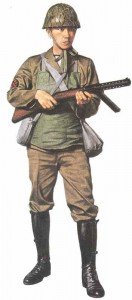

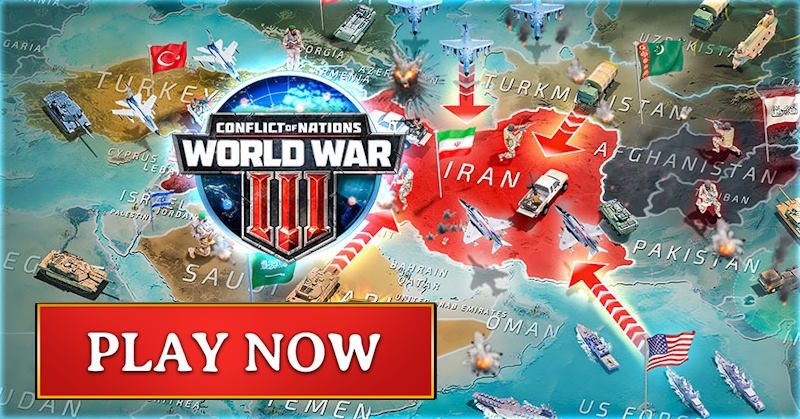

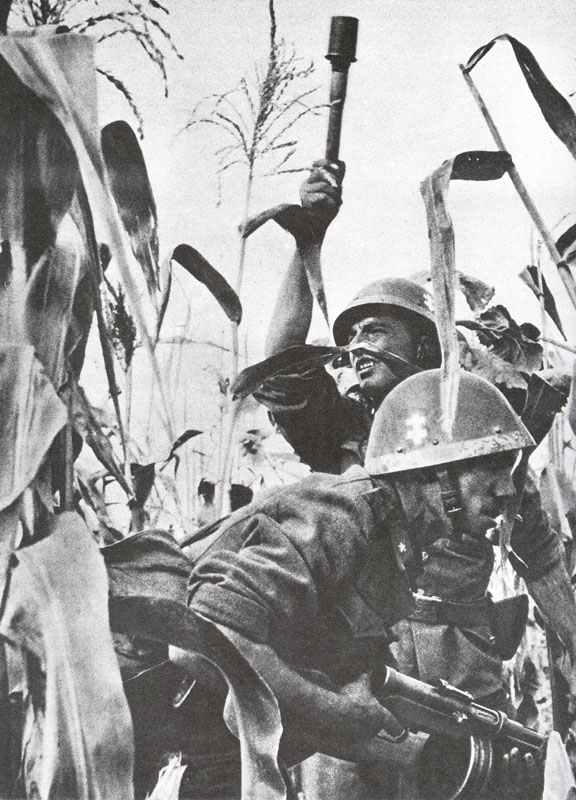
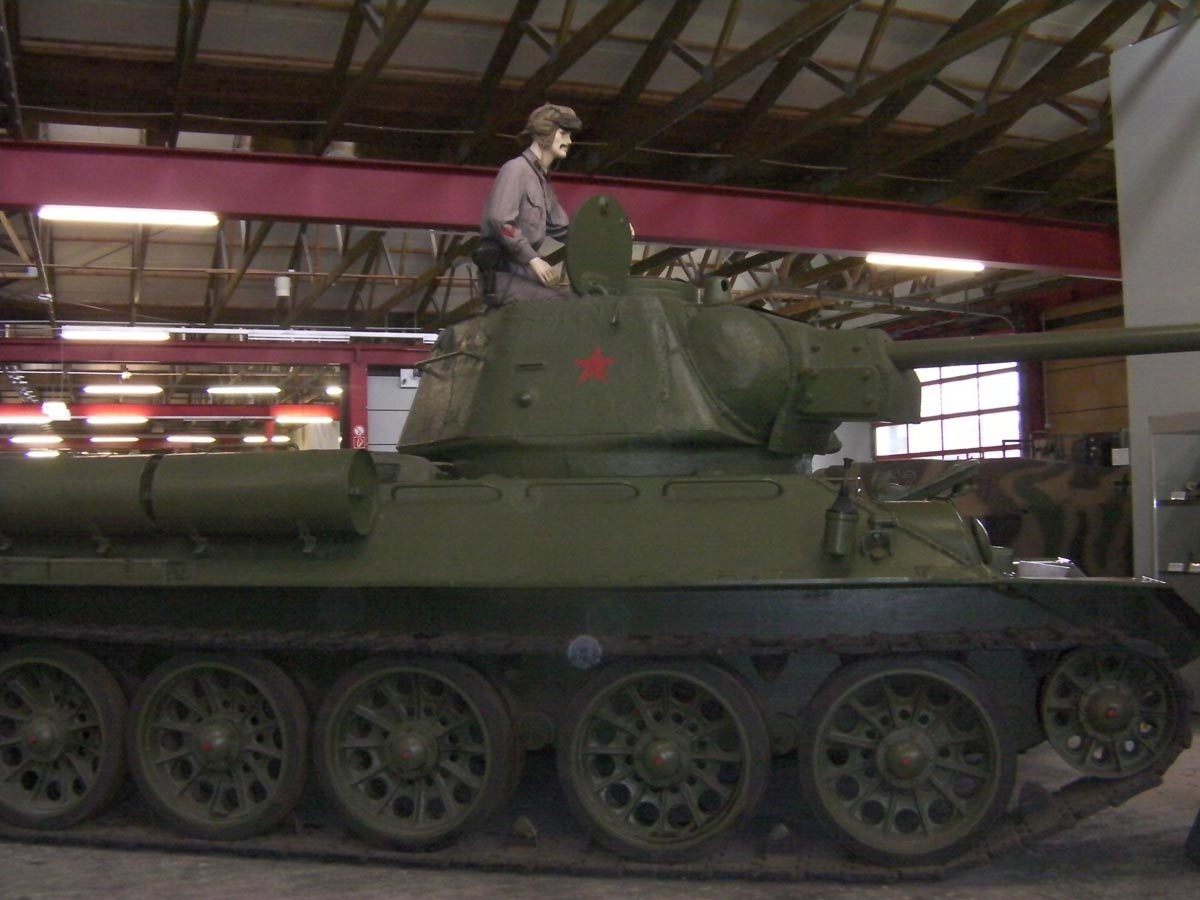
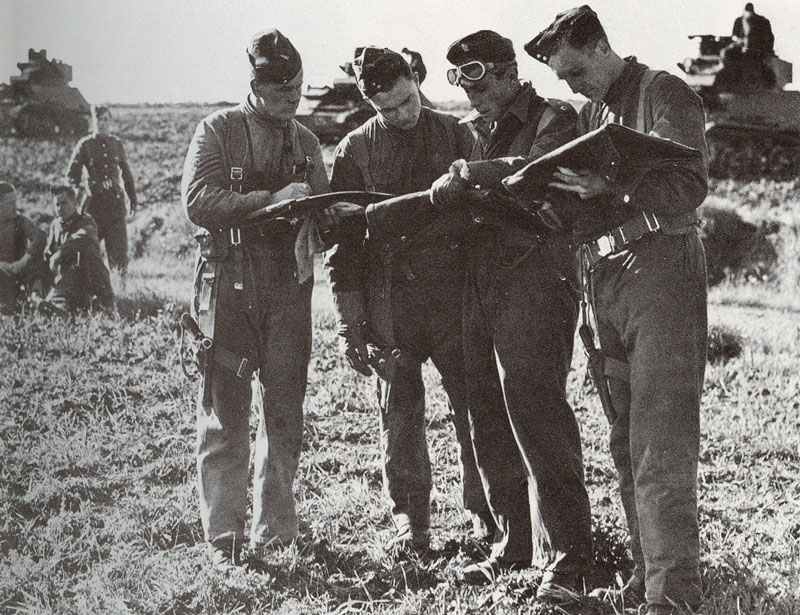
I believe part of the disdain for the SMG by Japan may have to do with the standard Japanese pistol round, the 8mm X 20 bottlenecked round. This had the power of the 32acp. Hardly a powerhouse. With the exception of France, who also used a 32acp class round, the World Standard SMG ammo’s were 45acp, 9×19, or the 7.63/7.62×25. All of adequate power.